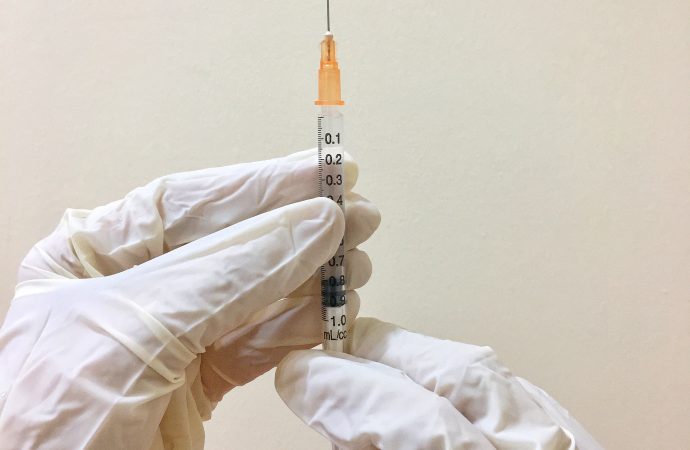Polio, once a global pandemic that affected millions of people, is now on the verge of eradication. Thanks to the efforts of governments, international organizations, and healthcare workers, the number of polio cases has been drastically reduced in recent years. However, the fight against polio is not over yet, and challenges remain in achieving the
Polio, once a global pandemic that affected millions of people, is now on the verge of eradication. Thanks to the efforts of governments, international organizations, and healthcare workers, the number of polio cases has been drastically reduced in recent years. However, the fight against polio is not over yet, and challenges remain in achieving the goal of complete eradication.
The progress in the fight against polio has been remarkable. In 1988, the World Health Assembly launched the Global Polio Eradication Initiative (GPEI), a partnership between the World Health Organization (WHO), UNICEF, the Centers for Disease Control and Prevention (CDC), and the Rotary International. Since then, the number of polio cases has dropped by 99.9%, from an estimated 350,000 cases in 1988 to just 33 cases in 2018.
One of the key strategies in the fight against polio has been vaccination campaigns. The GPEI has coordinated massive vaccination campaigns in high-risk areas, reaching millions of children with polio vaccines. In addition, surveillance systems have been established to track the virus and respond quickly to any new cases. The GPEI has also worked with governments and communities to improve sanitation and hygiene, which can help to prevent the spread of the virus.
Despite this progress, the fight against polio faces several challenges. One of the biggest challenges is the continued circulation of the virus in a few countries, particularly in Afghanistan and Pakistan. These countries have faced political instability and conflict, which has made it difficult to implement vaccination campaigns and surveillance systems effectively.
Another challenge is the emergence of vaccine-derived poliovirus (VDPV), which can occur when the live attenuated virus used in the oral polio vaccine (OPV) mutates and reverts to a form that can cause paralysis. While VDPV is rare, it can pose a threat to eradication efforts and requires a different approach to control than wild poliovirus.
To overcome these challenges, the GPEI and its partners are continuing to innovate and adapt their strategies. One approach has been to use new tools, such as environmental surveillance, to detect the virus in sewage samples and pinpoint areas where vaccination campaigns are needed. The GPEI is also working with communities to build trust and address misconceptions about the vaccine, particularly in areas where there is resistance to vaccination.
There is also hope for the future of polio eradication. In 2019, Nigeria, the last country in Africa to have wild poliovirus cases, was declared free of the virus. This milestone shows that with sustained efforts and political commitment, it is possible to eliminate polio even in challenging environments.
In addition, new vaccines are being developed that could improve the effectiveness of polio vaccination and reduce the risk of VDPV. For example, a new bivalent OPV, which targets both the type 1 and type 3 strains of poliovirus, is being rolled out in some countries.
In conclusion, the fight against polio has made remarkable progress in recent years, but challenges remain in achieving the goal of complete eradication. The continued circulation of the virus in a few countries and the emergence of VDPV highlight the need for sustained efforts and innovative strategies. However, the recent successes in Africa and the development of new vaccines give hope that the goal of polio eradication can be achieved in the near future.

















Leave a Comment
Your email address will not be published. Required fields are marked with *